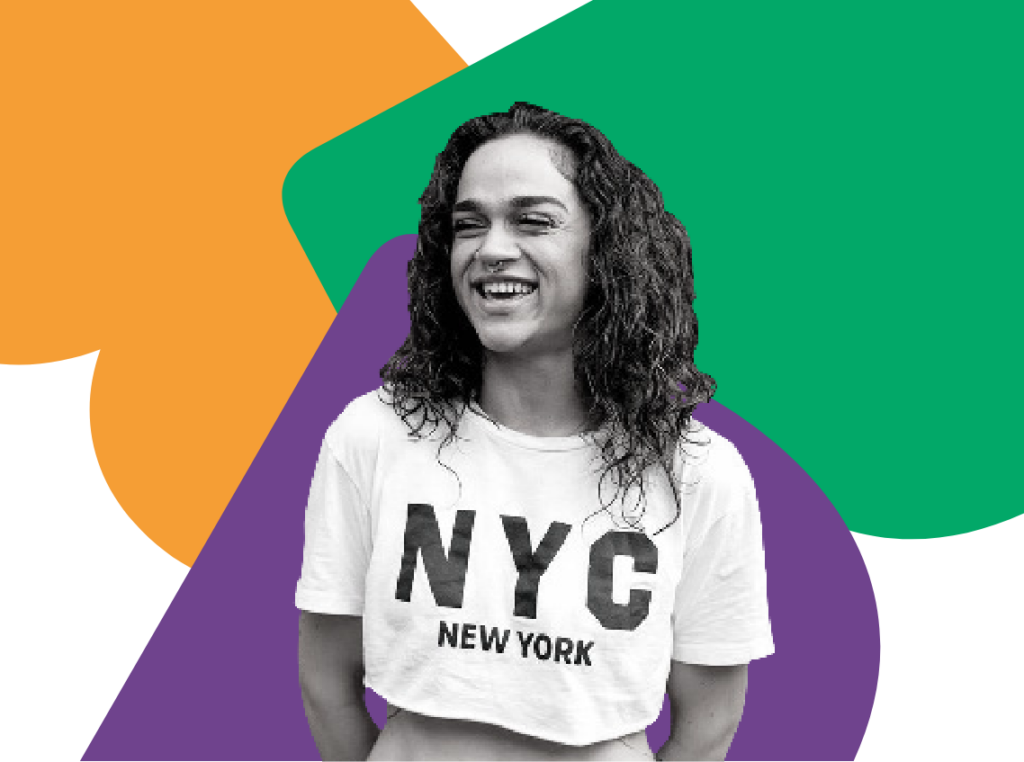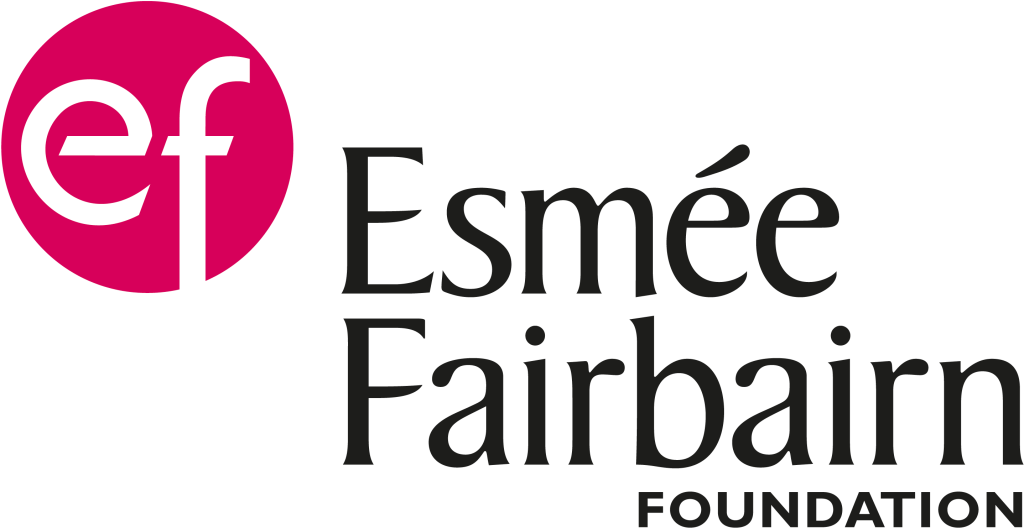The gaps above indicate that there is an urgent need for further research and analysis to fill these gaps in knowledge and to gain a more comprehensive understanding of the cultural landscape in Bradford.
The lack of granular and nuanced knowledge about cultural participation and cultural assets in Bradford offers several opportunities for arts organisations and artists in the district. Firstly, it presents an opportunity to expand the definition of cultural engagement beyond typical measures and to include a wider range of cultural activities and experiences. This can build on research in this field, developing the concept of ‘everyday participation’ and ‘everyday culture’. This could help to better understand and reflect the cultural practices of Bradford’s diverse communities and bring to light the cultural richness that exists within these communities.
Additionally, this lack of knowledge offers an opportunity for arts organisations and artists to engage with residents in a more meaningful and inclusive way. By collaborating with community members and organisations, they can help to identify and prioritise the cultural needs and interests of Bradford residents and create culturally relevant programs and activities that reflect the diverse perspectives and experiences of the community.
Moreover, this lack of knowledge offers an opportunity for arts organisations and artists to help bridge the gap between cultural engagement and social outcomes. By working with local organisations and stakeholders, they can help to build stronger connections between cultural participation and issues such as education, health and wellbeing, and social cohesion, and demonstrate the significant impact that cultural engagement can have on communities and individuals.









